
Published by Redleaf Press 10 Yorkton Court St. Paul, MN 55117 www.redleafpress.org The activities in this book were previously self-published under the titles
Dribble Drabble and
More Dribble Drabble 2016 by Deya Brashears Hill All rights reserved. Unless otherwise noted on a specific page, no portion of this publication may be reproduced or transmitted in any form or by any means, electronic or mechanical, including photocopying, recording, or capturing on any information storage and retrieval system, without permission in writing from the publisher, except by a reviewer, who may quote brief passages in a critical article or review to be printed in a magazine or newspaper, or electronically transmitted on radio, television, or the Internet. First edition 2016 Cover design by Jim Handrigan Cover illustration by Ian Handrigan Interior design by Douglas Schmitz Typeset in Utopia and Sketchnote Square Library of Congress Cataloging-in-Publication Data Names: Hill, Deya Brashears, author. Title: Dribble drabble: process art experiences for young children / Deya Brashears Hill. | St. | St.
Paul, MN: Redleaf Press, 2016. Identifiers: LCCN 2016003921 (print) | LCCN 2016005276 (ebook) | ISBN 9781605545295 (ebook) Subjects: LCSH: Art--Technique. | Creative activities and seat work. Classification: LCC N7440 .H45 2016 (print) | LCC N7440 (ebook) | DDC 701/.8--dc23 LC record available at http://lccn.loc.gov/2016003921 Table of Contents
Guide
Contents Early childhood teachers know that offering art experiences for young children is of vital importance. Creative art should offer children the opportunity for originality, creativity, fluency, flexibility, sensitivity, and aesthetics. Art is one discipline where no one way of doing things is right or wrong.
Children are unique in their artistic expression. As teachers, we must remember the goal when providing appropriate art experiences is the process of creating art and not the finished product. Dribble Drabble is a collection of hands-on, process-oriented art activities that have been used successfully in the classroom and at home. The art experiences presented in this book are written primarily for preschool children but are easily modified for infants and toddlers as well as school-age children. The activities are also easy to prepare, set up, and adapt to a project-approach curriculum. They provide the opportunity for young childrens success andmost importantlyfor fun.
Stages of Artistic Development  All children pass through a sequential pattern of artistic development. Some go through the various stages quickly; others may take their time; and all go back and repeat the earlier stages as they progress through their development. There are various stages of artistic development ranging from the scribble stage to recognizable art. Lets take a closer look at the generally accepted stages of artistic development. Keep in mind that the indicated ages are simply generalizations and not rigid guidelines for all children. Scribble Stage Ages 23. Scribble Stage Ages 23.
All children pass through a sequential pattern of artistic development. Some go through the various stages quickly; others may take their time; and all go back and repeat the earlier stages as they progress through their development. There are various stages of artistic development ranging from the scribble stage to recognizable art. Lets take a closer look at the generally accepted stages of artistic development. Keep in mind that the indicated ages are simply generalizations and not rigid guidelines for all children. Scribble Stage Ages 23. Scribble Stage Ages 23.
The creation of scribbles is the basis for all young childrens art. Children begin by using various art media to scribble and eventually form scribbles involving vertical, horizontal, diagonal, curving, and circular lines. Single Shapes Ages 24. Once the scribble stage is mastered, circles, crosses, squares, rectangles, and other basic shapes become roughly visible in young childrens art. In this stage, children do not yet have the motor ability to master more complex shapes. Combined Shapes Ages 35.
Children create designs by combining and repeating various shapes. Placing shapes within shapes is common. Mandalas and Suns Ages 35. Images of mandalas and suns are common in young childrens art, symbols that can be traced back to prehistoric times. When children begin to create these images, it is a turning point in their artistic development. People Ages 45. People Ages 45.
When young children first begin drawing people, the images appear as a large head with arms and legs extending from the head. As children continue their artistic development, a trunk and more details appear in their drawing. Beginning Recognizable Art Ages 46. At this stage, childrens pictures are mostly identifiable. Young children create art using the figures and shapes mastered during previous stages of artistic development. Later Recognizable Art Ages 57. Later Recognizable Art Ages 57.
The entire piece of art tells a story. You may see birds, trees, people, flowers, suns, houses, and kites. Children in this stage may still prefer to draw abstract art; however, this is done with good control and intent. Creating a Stimulating Art Environment  Teachers, caregivers, and parents often ask what they should provide for their children in order to give them a quality art experience. There are four basic areas that should be a part of every early childhood art environment: easels, a free art table, a tactile or sensory experience, and an activity center. Children should be able to choose from at least two of these areas each day, and in an ideal setting, all four areas can be used.
Teachers, caregivers, and parents often ask what they should provide for their children in order to give them a quality art experience. There are four basic areas that should be a part of every early childhood art environment: easels, a free art table, a tactile or sensory experience, and an activity center. Children should be able to choose from at least two of these areas each day, and in an ideal setting, all four areas can be used.
Lets take a look at each item in detail and its artistic value. EASELS The easel is an art experience that many teachers and parents would prefer to do without; easels take up space, and mixing and cleaning paints can get routine. However, incredible value can be gained from this form of expression that cannot be derived from any other art medium. The fine muscles in the fingers and toes are last to develop in young children, and easels provide the perfect vertical experience to aid this development. From the beginning of time, children all over the world have drawn on the walls. This tells us that the natural means of artistic expression for young children is in the vertical plane.
Creating art on a vertical plane is possible with the use of the easel. For this reason, it is vital that as teachers we take the time to provide opportunities for quality easel exploration. Here are some suggestions for using easels: Purchasing an expensive easel is not necessary. Tape paper to a wall, door, or a smooth fence outside. If you purchase an easel, consider getting one that attaches to the wall. This will conserve floor space.
Classrooms should have at least two vertical surfaces for every ten children. Dont use only rectangular paper. Have children cut paper into other shapes, or cut shapes from the paper and use the paper that remains (negative space). Use quality easel paper rather than copy paper or thin newsprint. Use quality paint in clear, bright colors. Use alternate materials as paintbrushes.
Try using feathers, cotton swabs, sponges, flowers, pine branches, or whatever seems interesting to the children. Add salt or glitter to the paint for a different effect and texture. Try chalk sometimes instead of paint. Tape four different colors of chalk together with masking tape. When a child draws on the paper, many different colors will emerge. Offer the easel experience both indoors and outside.
Role of the Teacher in the Easel Area Prior to inviting children into the easel area, the teacher must take time each day to ensure that the space is prepared. Brushes and other painting utensils should be in good condition and include both short- and long-handled brushes. The paints should be mixed well and paint tubs filled. Quality easel paper should be plentiful and easily available. Once children are ready to begin, the teacher or caregiver should encourage children to first put their names on their artwork. Even young children can attempt to write their names.


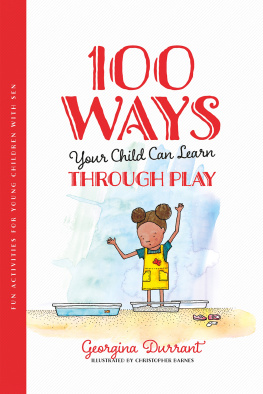
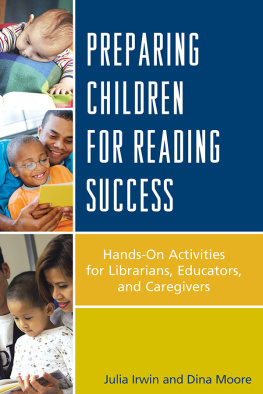
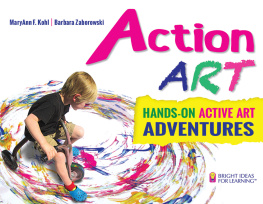
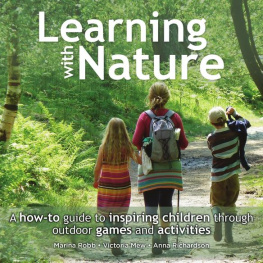
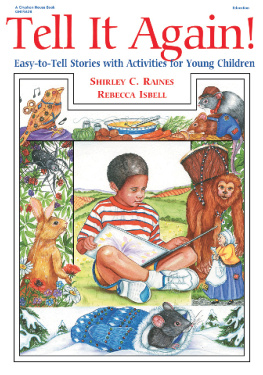
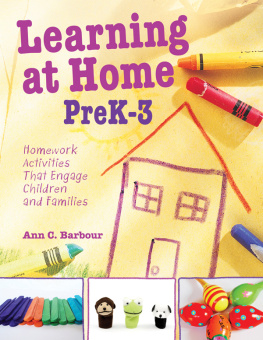
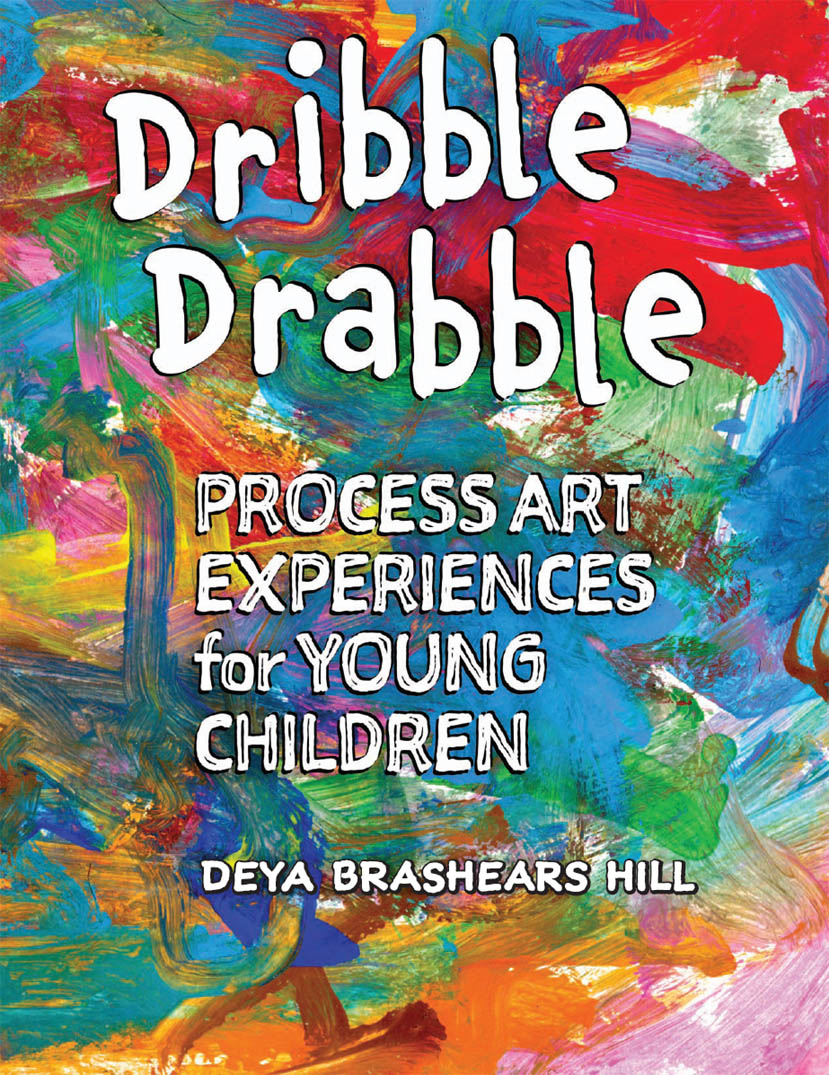
 Published by Redleaf Press 10 Yorkton Court St. Paul, MN 55117 www.redleafpress.org The activities in this book were previously self-published under the titles Dribble Drabble and More Dribble Drabble 2016 by Deya Brashears Hill All rights reserved. Unless otherwise noted on a specific page, no portion of this publication may be reproduced or transmitted in any form or by any means, electronic or mechanical, including photocopying, recording, or capturing on any information storage and retrieval system, without permission in writing from the publisher, except by a reviewer, who may quote brief passages in a critical article or review to be printed in a magazine or newspaper, or electronically transmitted on radio, television, or the Internet. First edition 2016 Cover design by Jim Handrigan Cover illustration by Ian Handrigan Interior design by Douglas Schmitz Typeset in Utopia and Sketchnote Square Library of Congress Cataloging-in-Publication Data Names: Hill, Deya Brashears, author. Title: Dribble drabble: process art experiences for young children / Deya Brashears Hill. | St. | St.
Published by Redleaf Press 10 Yorkton Court St. Paul, MN 55117 www.redleafpress.org The activities in this book were previously self-published under the titles Dribble Drabble and More Dribble Drabble 2016 by Deya Brashears Hill All rights reserved. Unless otherwise noted on a specific page, no portion of this publication may be reproduced or transmitted in any form or by any means, electronic or mechanical, including photocopying, recording, or capturing on any information storage and retrieval system, without permission in writing from the publisher, except by a reviewer, who may quote brief passages in a critical article or review to be printed in a magazine or newspaper, or electronically transmitted on radio, television, or the Internet. First edition 2016 Cover design by Jim Handrigan Cover illustration by Ian Handrigan Interior design by Douglas Schmitz Typeset in Utopia and Sketchnote Square Library of Congress Cataloging-in-Publication Data Names: Hill, Deya Brashears, author. Title: Dribble drabble: process art experiences for young children / Deya Brashears Hill. | St. | St.  All children pass through a sequential pattern of artistic development. Some go through the various stages quickly; others may take their time; and all go back and repeat the earlier stages as they progress through their development. There are various stages of artistic development ranging from the scribble stage to recognizable art. Lets take a closer look at the generally accepted stages of artistic development. Keep in mind that the indicated ages are simply generalizations and not rigid guidelines for all children. Scribble Stage Ages 23. Scribble Stage Ages 23.
All children pass through a sequential pattern of artistic development. Some go through the various stages quickly; others may take their time; and all go back and repeat the earlier stages as they progress through their development. There are various stages of artistic development ranging from the scribble stage to recognizable art. Lets take a closer look at the generally accepted stages of artistic development. Keep in mind that the indicated ages are simply generalizations and not rigid guidelines for all children. Scribble Stage Ages 23. Scribble Stage Ages 23.